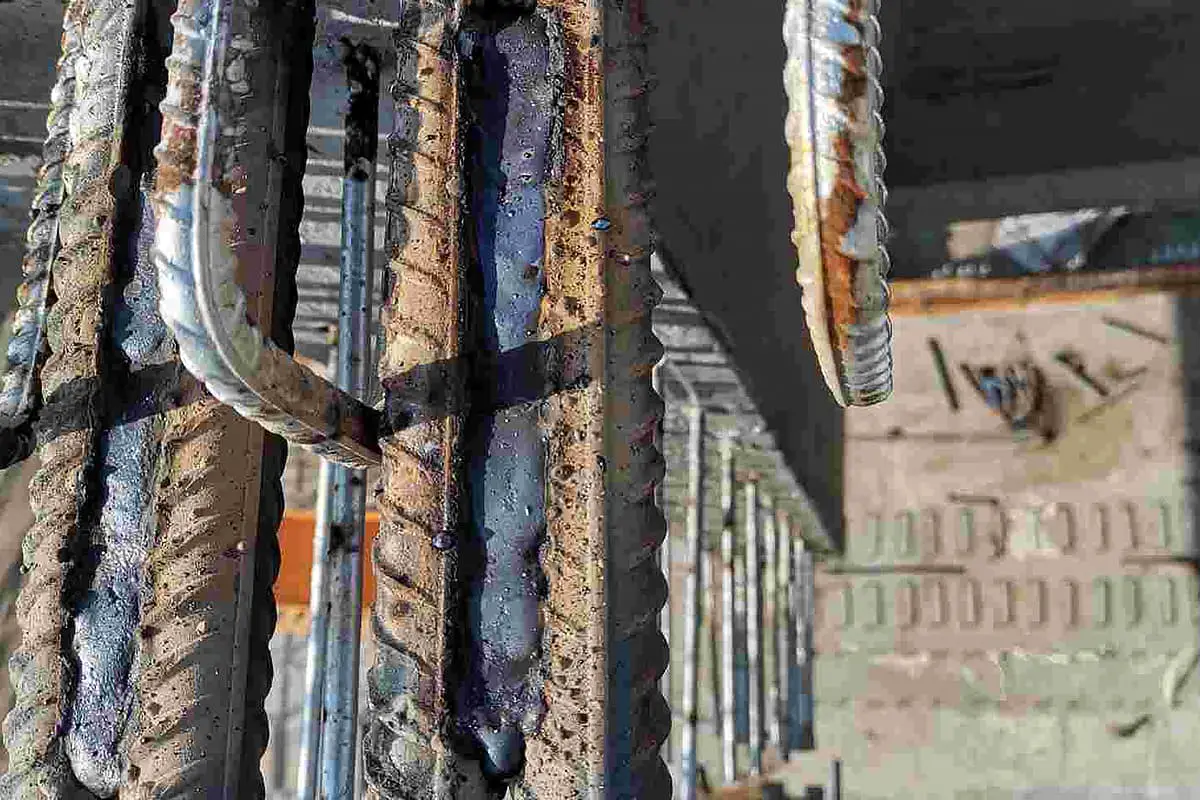Preventing Weld Undercut: Proven Techniques Every Welder Ought To Know
Preventing Weld Undercut: Proven Techniques Every Welder Ought To Know
Blog Article
A Comprehensive Guide to Identifying, Fighting, and Repairing Undercut Welding Issues in Your Welding Projects
In the realm of welding, experiencing undercut problems is a common obstacle that can endanger the structural stability and general high quality of your welding projects. Understanding the origin triggers behind undercut welding, being able to precisely find it in your welds, and carrying out effective preventative measures are crucial abilities for any type of welder. Additionally, having the expertise and methods to correct undercut troubles when they do happen can make a significant distinction in the last result of your welding endeavors. Keep tuned as we check out the important components of determining, preventing, and fixing undercut welding issues, offering you with beneficial insights and strategies to raise your welding skills to the following degree.
Typical Sources Of Undercut Welding
Undercut welding, a common problem in welding procedures, can be caused by numerous factors that need to be thoroughly determined and resolved to ensure the stability of the weld joint. One of the key root causes of undercut welding is extreme warm input. When the welding parameters, such as voltage, existing, or travel speed, are not effectively set, an extreme quantity of warmth can be produced. This excess warm causes the melting and subsequent elimination of the base material along the sides of the weld joint, developing a groove called undercut.
One more common source of undercut welding is inappropriate welding technique. Insufficient manipulation of the welding torch or gun, inaccurate angle or distance between the lantern and the work surface, or inconsistent traveling rate can all add to the formation of undercut. Furthermore, making use of the wrong welding consumables or electrode dimension for a specific joint setup can cause undercut problems. Identifying these origin and carrying out restorative measures is vital in protecting against and rectifying undercut welding problems in welding jobs.
Identifying Undercut in Welds

To recognize undercut accurately, correct lights and zoom devices are important to examine the weld joint thoroughly. Utilizing devices such as a welding gauge or a magnifying glass can aid in finding also the smallest undercut blemishes. Additionally, running a finger or a finger nail along the weld joint can in some cases expose undercut, Go Here as the surface area may really feel irregular or have a dip where the undercut exists.
Precautionary Actions for Undercut
Having a deep understanding of the reasons for undercut in welds enables for the application of effective safety nets to preserve weld top quality and integrity. One critical preventative step appertains weld joint prep work. Guaranteeing that the sides are tidy, without pollutants, and appropriately beveled can substantially decrease the possibility of undercut (Preventing weld undercut). Furthermore, choosing the appropriate welding criteria, such as voltage, present, and travel rate, is necessary. These settings should be maximized to avoid excessive warmth input, which can cause undercut formation.

Methods for Repairing Undercut

Raising the welding present or minimizing the traveling rate can assist fill in the undercut. In addition, changing the welding technique from a push to a drag or vice versa can likewise aid minimize undercut.
Another method is to use a weaving motion while welding to ensure proper sidewall blend and fill in the undercut. By oscillating the welding arc back and forth within the weld joint, the welder can deposit extra filler material right into the undercut areas, properly eliminating the defect.
In addition, grinding out the undercut and rewelding the joint can be a sensible solution for extra serious undercut concerns - Preventing weld undercut. This procedure involves eliminating the undercut area, preparing the base steel, and afterwards rewelding the joint with appropriate welding criteria and techniques to stop undercut from returning

Specialist Tips for Staying Clear Of Undercut
Utilizing correct welding methods and preserving control over essential welding specifications are essential approaches for welders aiming to avoid undercut in their weld joints. In addition, selecting the suitable welding procedure and filler steel for the specific application can help stop undercut. Keeping a consistent travel speed throughout the welding procedure is an additional essential suggestion to stop undercut.
Verdict
In conclusion, determining, stopping, and dealing with undercut welding problems in your welding projects is essential for making sure durable and strong welds. Preventing weld undercut. By understanding the common root causes of undercut, being able to determine it in welds, carrying out safety nets, and making use of correct techniques for taking care of undercut, you can prevent prospective problems and create top quality welds. Following expert tips for avoiding undercut can aid you boost your welding abilities and create better lead to your tasks
Undercut welding, an usual concern in welding processes, can be caused by various variables that require to be very carefully determined and addressed to ensure the honesty of the weld joint. In addition, running a finger or a fingernail along the weld joint can in some cases reveal undercut, as the surface area might feel irregular or have a dip where the undercut exists.
Making use of appropriate welding methods and preserving control over key welding criteria are vital techniques for welders aiming to stop undercut in their weld joints.In final thought, identifying, protecting against, and repairing undercut welding problems in your welding jobs is essential for ensuring sturdy and strong welds. learn this here now By recognizing the typical reasons of undercut, being able to determine it in welds, implementing preventative steps, and making use of proper strategies for repairing undercut, you can stay clear of potential concerns and create top notch welds.
Report this page